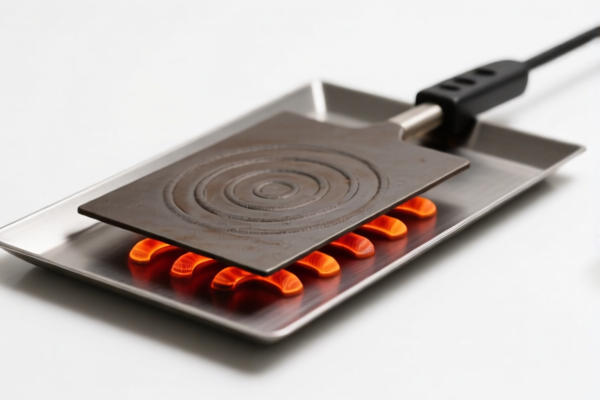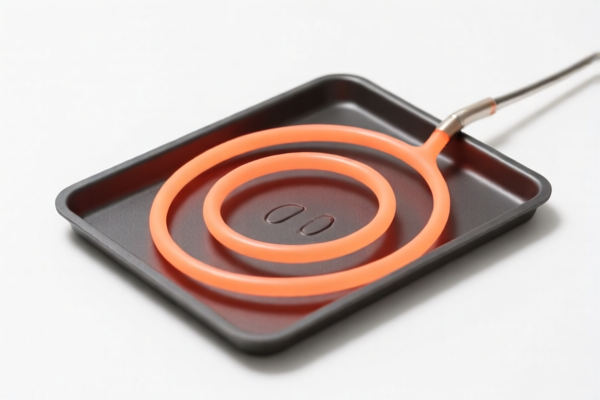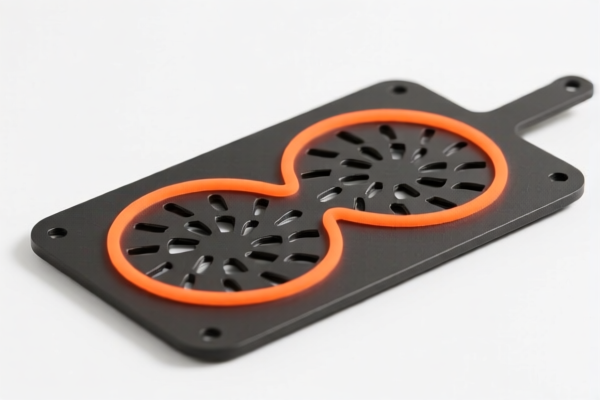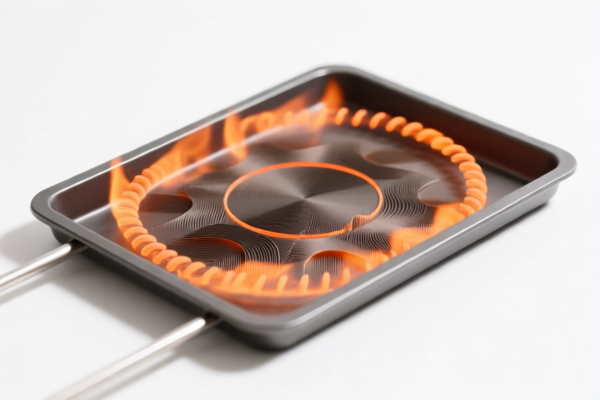| HS Code | Official Doc | Tariff Rate | Origin | Destination | Effective Date |
|---|---|---|---|---|---|
| 8419501000 | Doc | 34.2% | CN | US | 2025-05-12 |
| 8419903000 | Doc | 55.0% | CN | US | 2025-05-12 |
| 8487900080 | Doc | 83.9% | CN | US | 2025-05-12 |
| 8487900040 | Doc | 58.9% | CN | US | 2025-05-12 |
| 7326908688 | Doc | 82.9% | CN | US | 2025-05-12 |
| 7325995000 | Doc | 82.9% | CN | US | 2025-05-12 |
| 7325991000 | Doc | 80.0% | CN | US | 2025-05-12 |




Heat Conducting Plate
A heat conducting plate, also known as a thermal conduction plate or heat spreader, is a component designed to efficiently transfer thermal energy from a heat source to a heat sink or surrounding environment. These plates are crucial in managing heat dissipation in a variety of applications, preventing overheating and ensuring optimal performance of electronic devices and other systems.
Material
The effectiveness of a heat conducting plate is heavily reliant on its material properties, particularly its thermal conductivity. Common materials include:
- Aluminum: A widely used material due to its relatively high thermal conductivity, low cost, and ease of machining. Alloys like 6063 and 1100 are frequently employed.
- Copper: Possesses higher thermal conductivity than aluminum, making it superior for applications requiring maximum heat transfer. However, it is denser and more expensive.
- Aluminum Nitride (AlN): A ceramic material offering excellent thermal conductivity, electrical insulation, and high temperature resistance. Used in high-power applications and where electrical isolation is critical.
- Beryllium Oxide (BeO): Provides very high thermal conductivity but is toxic and requires specialized handling. Its use is declining due to health concerns.
- Graphite: Exhibits exceptional thermal conductivity along its planes and is lightweight. Often used in sheet form or as a coating.
- Composite Materials: Combinations of materials, such as metal matrix composites (MMCs) with embedded carbon fibers, are used to tailor thermal and mechanical properties.
Purpose & Function
The primary purpose of a heat conducting plate is to spread heat evenly across its surface, increasing the effective heat transfer area. This facilitates more efficient cooling by:
- Reducing localized hot spots: By distributing heat, the plate prevents excessive temperatures in specific areas, which can lead to component failure.
- Improving contact with the heat sink: A larger, flatter surface area provides better thermal contact with the heat sink, enhancing heat transfer to the cooling medium (air, liquid, etc.).
- Providing a mounting surface: Plates often serve as a mechanical interface for attaching heat sources to heat sinks or other thermal management components.
Usage Scenarios
Heat conducting plates are employed in a wide range of applications, including:
- Electronics Cooling: CPUs, GPUs, power amplifiers, and other semiconductor devices generate significant heat. Plates are used in heatsinks, liquid coolers, and thermal interface materials (TIMs).
- LED Lighting: High-power LEDs require efficient heat dissipation to maintain performance and lifespan.
- Power Electronics: IGBTs, MOSFETs, and other power devices in inverters, converters, and motor drives.
- Thermoelectric Generators (TEGs): Used to transfer heat from a heat source to the hot side of the TEG module.
- Industrial Heating & Cooling: Applications involving controlled temperature environments, such as molds, dies, and process equipment.
Common Types
- Solid Plates: Simple, flat plates made from a single material.
- Vapor Chamber Plates: Contain a sealed chamber with a working fluid that evaporates and condenses to transfer heat efficiently. Provide very high thermal conductivity.
- Heat Pipes Embedded Plates: Integrate heat pipes within the plate to actively transport heat.
- Stamped Plates: Mass-produced plates with fins or other features for enhanced heat transfer.
- Skived Fin Plates: Manufactured by skiving (machining) fins directly from a solid block of metal, creating a high-density fin structure.
- Composite Plates: Incorporate multiple materials to optimize thermal and mechanical properties.
Heat conducting plates fall under several potential classifications based on their material and specific application. Here's a breakdown of relevant HS codes based on the provided information:
- 8419.50.10.00: This code covers machinery, plant or laboratory equipment for the treatment of materials by a process involving a change of temperature, specifically heat exchange units – brazed aluminum plate-fin heat exchangers. This would apply if the plate is part of a larger system designed for heating, cooling, or other temperature-related material processing. The total tax rate is 34.2%.
- 8419.90.30.00: This code covers parts of machinery, plant, or laboratory equipment for the treatment of materials by a process involving a change of temperature, specifically parts of heat exchange units. If the plate is a component of a heat exchange system, but isn't the complete unit itself, this code may be applicable. The total tax rate is 55.0%.
- 7326.90.86.88: This code covers other articles of iron or steel. If the plate is made of iron or steel and doesn't fall under a more specific classification, this code could be used. The total tax rate is 82.9%.
- 7325.99.50.00: This code covers other cast articles of iron or steel. If the plate is a cast iron or steel component, this code may be relevant. The total tax rate is 82.9%.
- 7325.99.10.00: This code covers other cast articles of iron or steel, specifically of cast iron. If the plate is specifically made of cast iron, this code applies. The total tax rate is 80.0%.
- 8487.90.00.80: This code covers machinery parts, not containing electrical connectors, insulators, coils, contacts or other electrical features, and not specified elsewhere. If the plate is a non-electrical component of a larger machine, this code could be used. The total tax rate is 83.9%.
Regarding HS code 7326.90.86.88, 7325.99.50.00, 7325.99.10.00, please note the 25% additional tariff applies to steel and aluminum products.
Customer Reviews
No reviews yet.